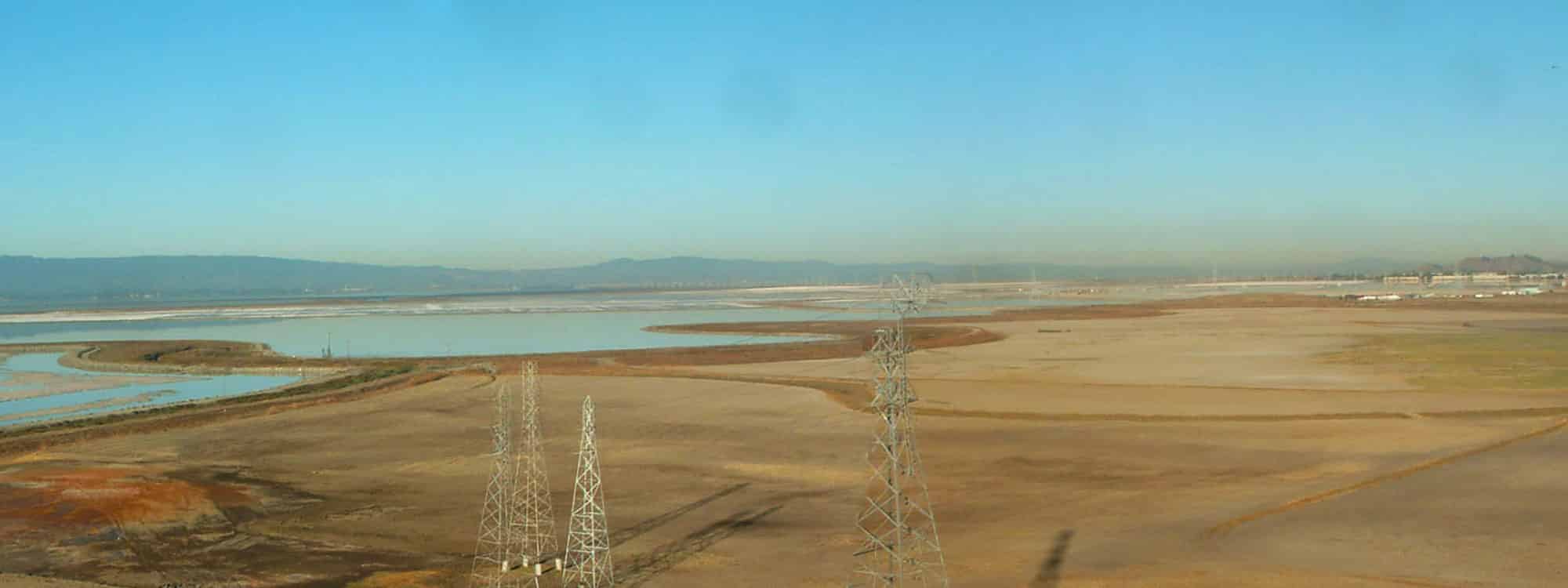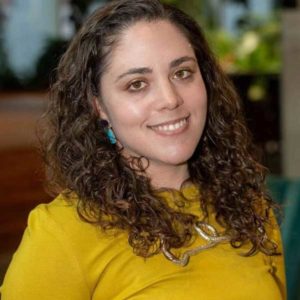On November 14th, the Newark City Council formally approved a development project along the South San Francisco Bay shoreline in a place called Area 4. This project includes 469 single-family homes and 2,738 parking spaces that will be built in a FEMA flood zone, which also serves as a wildlife refuge. Ultimately, this development will destroy one of the last remaining unprotected open spaces along the South Bay shoreline.
Despite an at-capacity crowd and passionate comments by dozens of Newark residents, environmental advocates, and others assailing the impacts of the development, The Newark City Council approved the development with a 4-1 vote. And this approval comes after not one member of the public spoke in favor of the project.
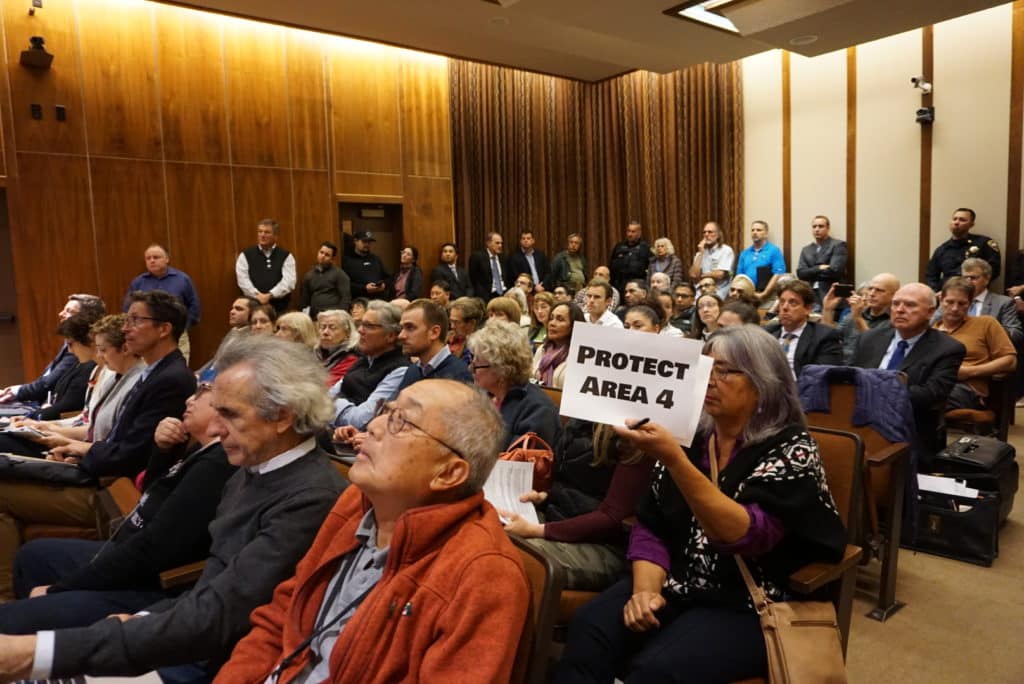
These homes will sit on lands vulnerable to liquefaction in earthquakes that already have to be drained every year to avoid flooding. Area 4 is also cut off by railroad tracks from the rest of the city and is surrounded by pungent-smelling landfills and salt ponds. And this is all in a location that sea-level rise will soon put deeper underwater. With so many great developments happening in the Bay Area right now, this poorly proposed one is so far from common sense it makes one wonder why any developer who cares about the effects of climate change would choose this location, and why any city would go along with this plan?
By approving a sprawling development in a floodplain, the Newark City Council has eliminated the natural protection the existing wetlands provide against sea-level rise. With the development in an already designated FEMA flood zone, these new homes will be susceptible to flooding from the moment they are built. The cost to prevent flooding will be astronomical for both the residents living here as well as for the City’s budget. Currently, Area 4 is only protected from the Bay water by pumps and a network of public and private levees. So in order for the new homes to be lifted out of the flood zone to the bare minimum of 15 feet, 1.6 million cubic yards of fill will need to be imported in.
The economic, environmental and safety issues this project will cause are irreversible, and its impacts will go well beyond Newark’s boundaries. A number of endangered species will be affected—including the salt marsh harvest mouse—whose natural habitat will soon be paved over. And in addition to the major flooding risks, Area 4 also sits adjacent to the Hayward fault, presenting an extreme liquefaction risk. With only one road in and out of the new development site, the safety concerns for its residents go beyond sea-level rise, causing a myriad of unnecessary emergency egress and traffic congestion challenges.
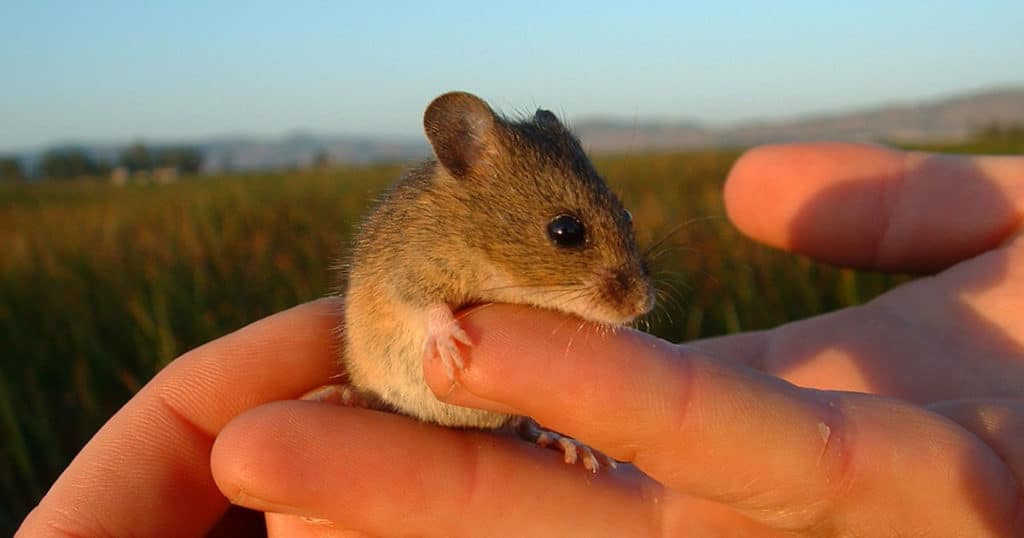
According to the Adaptation Atlas produced by the San Francisco Estuary Institute and SPUR, “the baylands in [Area 4] provide a rare buffer between the Bay and developed communities, and should restoration opportunities become available they can be used to increase the climate resilience of both ecosystems and those developed communities.” But this buffer was simply ignored in the Council’s final decision.
How did this happen?
This project has been in the works for a long time. In the 1980s, a private developer became interested in developing the property and the City amended its general plan to accommodate their request. In 1999, a city-specific measure was placed on the ballot to protect this open space, but sadly, it failed. Then in 2015, the Newark City Council approved development plans, but local environmentalists proceeded with legal action to stop it, and won! After the lawsuit, the developers redrew the plan to create tiny islands of homes surrounded by flood-prone wetlands in an attempt to skirt region regulations and state guidance. It was this plan that we saw at the recent City Council meeting, which has now been approved.
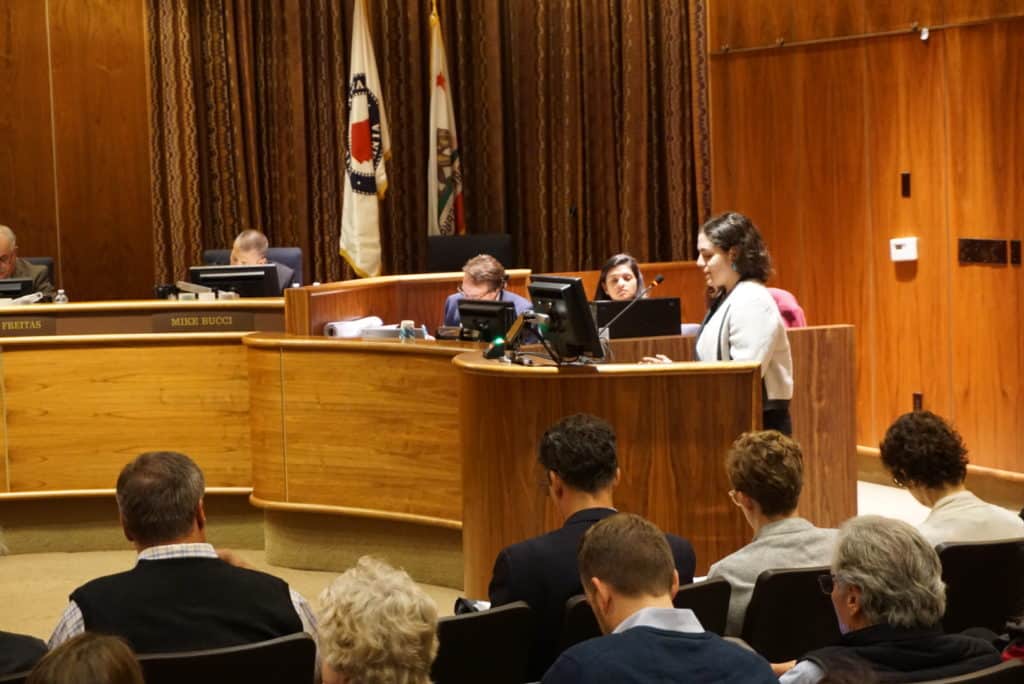
What can we learn from this?
This project bears a striking resemblance to the tidal-wetlands-turned-housing-development in Foster City. Foster City’s 13 foot levees are no longer high enough to bring them out of the FEMA flood zone. So they’ve had to invest nearly $1 billion dollars to raise these levees in order for this community to withstand the effects of climate change—a costly, short-term solution that will only last until 2050. The City of Newark could have learned from the mistakes Foster City made 50 years ago, deciding instead to restore the wetlands that protect both the ecosystem and upstream residents. Unfortunately, they chose instead to ignore science, putting both current and future residents at risk.
How do we prevent situations like this from happening again?
The Newark City Council may have approved this project, but the fight to make our Bay more resilient is not over. In order to make our communities more resilient, we need to work together to protect our shoreline, including:
- Getting involved in local politics. Some of the Newark City Council members have been in office for over 25 years and often run unopposed. Voting people into office who align with smart development and climate policies is critical.
- Educating ourselves and others about the effects of climate change in our communities. For example, the San Francisco Estuary Institute and SPUR produced the Adaptation Atlas, which is an incredible resource to understand shoreline adaptation.
In the face of climate change, allowing sprawl development on a critical wetland is disastrous. Our regional housing crisis is wrapped into our global climate crisis. We need to build dense housing in close proximity to public transit, shops, parks, jobs, and schools to promote climate-friendly urbanism. As a region, we can agree on the climate solutions that will make our beloved Bay more resilient. But if local jurisdictions—like Newark—continue to ignore state regulations and the pleas of the scientific and public communities, the entire Bay Area will be at serious risk.
You can help!
Together we can ensure the Bay Area grows in a climate-smart and inclusive way.
Donate now to support our work and take action to show your support to local leaders.
Donate Now Take ActionPhoto: Carin High

